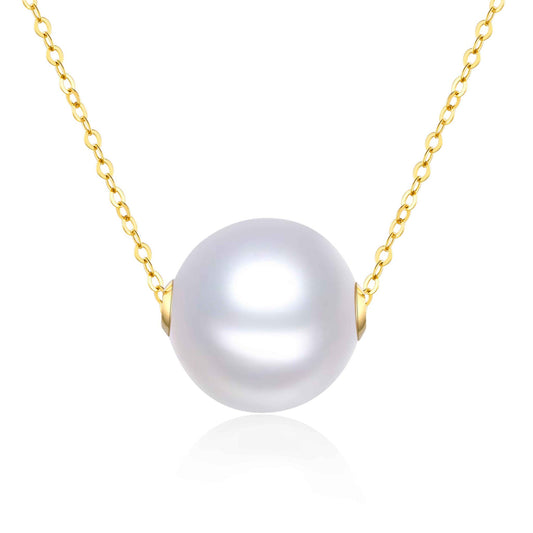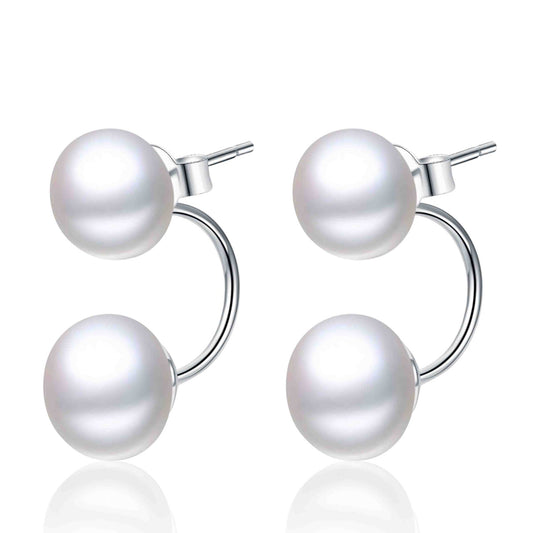
Pearl Symbolism in Art
Share
A pearl is one of the oldest gems discovered and played a significant role in love, religion, and folklore since ancient times. Over the centuries, pearls have featured in many art pieces and usually carried some kind of meaning or analogy. We explore a few of those symbols below.
Imperfection
Many paintings in Renaissance and Baroque art galleries feature pearls. The word “baroque” originally referred to beads with irregular shapes, as it still does, and for a long time, these pearls were not valued. When the new architecture style became popular in the 17th century in Europe, critics mockingly nicknamed the style “Baroque,” suggesting that the structures were ugly, like baroque pearls. But the building style became popular and so did the use of baroque pearls in jewelry.

Love and Erotica
Venus, the goddess of love, was said to be born from the sea, just like a pearl. Many paintings show her scantily dressed, adorned in pearls. Venus was also famous for her infidelity – one such affair was with Mars, the god of war. According to legend, her husband Vulcan trapped Venus, Mars, and their love child, Cupid on their marriage bed, and then invited the other gods to mock them, as portrayed in a painting by the artist, Vignon.

Prosperity and Vanity
Before the culturing of pearls became possible, natural pearls were rare and very expensive. In 17th-century Netherlands, the Dutch experienced a surge in their economy and with that came immense wealth. It also correlated with a boom in the arts. Portrait paintings became abundant, and many subjects wore pearls, from lowly house maids to rich aristocrats.
In Spain, King Philip IV commissioned a painting showing him with a hat trimmed with a luxurious plume held in place by a large pearl. King Philip was famous for his wild spending habits, and one of his pet pastimes was searching for rare pearls. In fact, his lavish spending depleted the Crown’s coffers and accelerated Spain’s demise as a world power.

Purity, Virginity, and Femininity
A famous Dutch portrait by Nicolaes Maes in the 1660’s portrays Anna Hofsteek dipping her hand in a fountain, with an elaborate display of pearls in her hair, neck, and bodice. These kinds of portraits were popular at the time. Both pearls and water have long been symbols of purity and femininity, and this picture confirmed Anna’s chastity, a highly regarded virtue to a young unmarried woman of that century.
The Virgin Mary is depicted in many paintings, often accompanied by pearls. Two examples include the Virgin and Child, painted by Carlo Crivelli in 1480, and The Virgin Mary Reading, by Antonello da Messina where she’s wearing pearls in a crown and brooch. The pearls symbolize her purity and virginity and were usually perfectly round, flawlessly white, with a beautiful luster.

Wisdom and Imperial Authority
In early Chinese civilization, pearls – especially black pearls – were a symbol of wisdom. According to legend, pearls were formed in dragons’ heads, and once full-grown, pearls were carried between the dragon’s teeth. Many Chinese artworks depict a dragon with a pearl between its teeth.

Although we don’t put so much stock in the symbolism and meaning of pearls anymore, we can all agree that pearls are beautiful and make a woman feel great when wearing them. Browse our shop to find that perfect piece that will make you feel and look exquisite.



